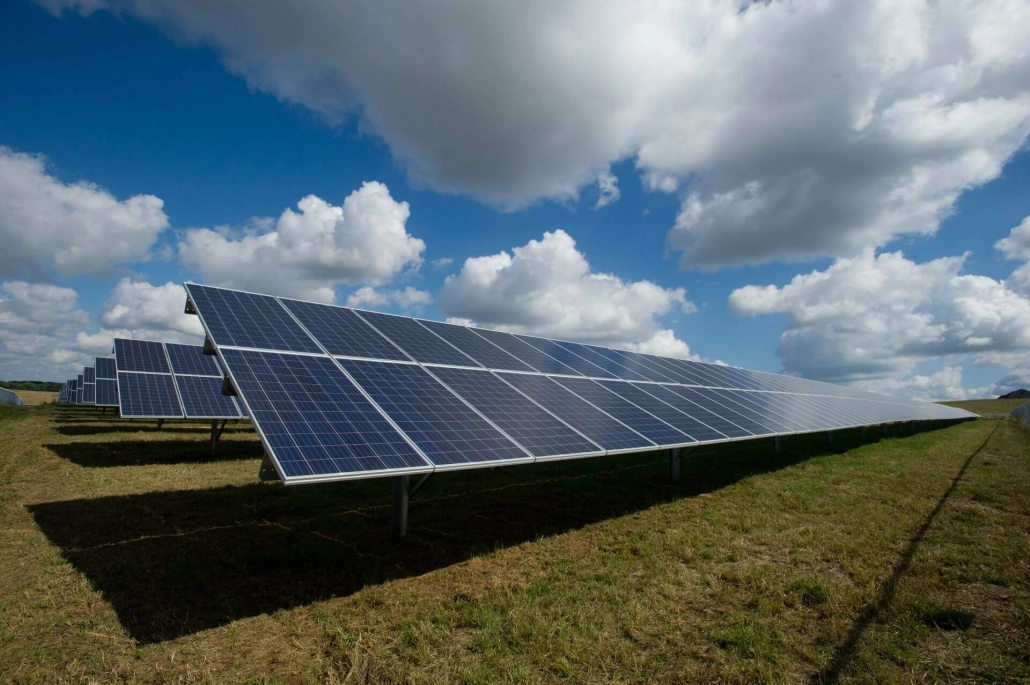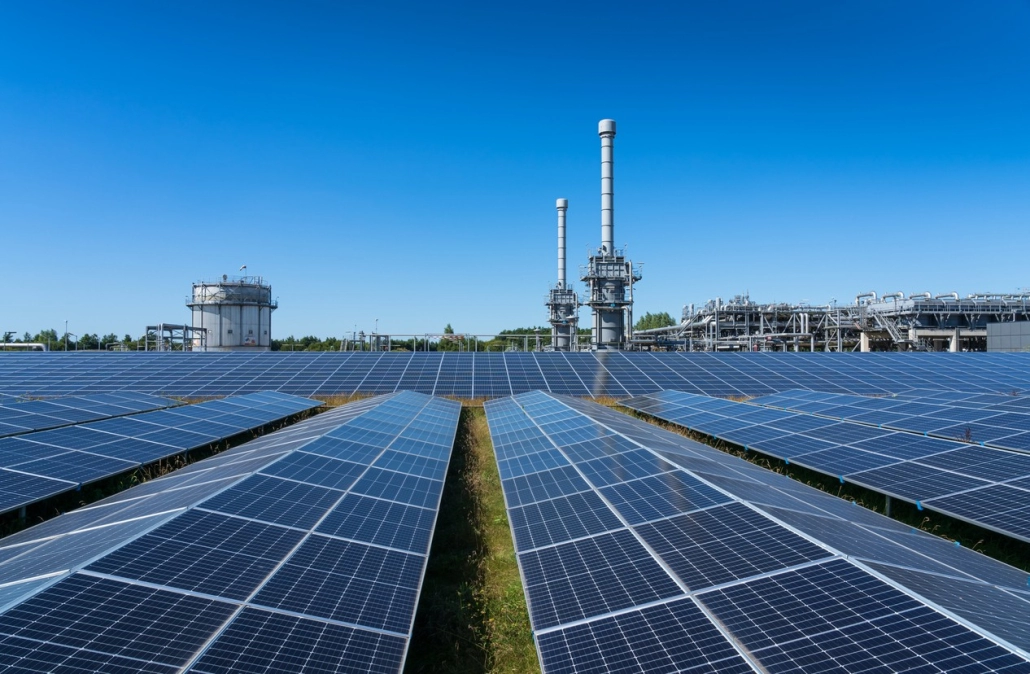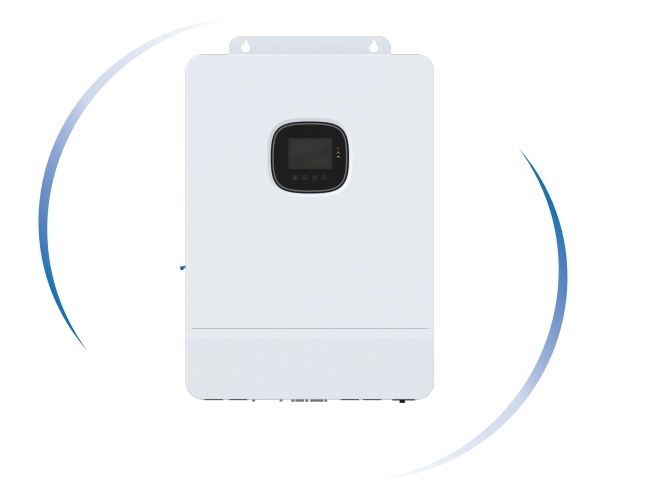Why do some commercial users need a large-capacity solar energy inverter?
In a solar energy inverter, the MPPT function can optimize energy harvesting from PV panels. The MPPT algorithm continuously adjusts the input voltage to the inverter to maintain the PV array at a voltage and current combination that produces peak power output. However, not all MPPT implementations are the same. The MPPT tracking speed of a solar inverter determines how quickly it reacts to environmental changes. According to BARANA’s extensive research, faster MPPT convergence times can increase annual energy production by 3% to 5% compared to slower inverters that track in seconds. This difference can bring significant economic benefits to large-scale and commercial PV installations.
Solar Energy Inverter MPPT Tracking Speed Under Dynamic Irradiance
Solar irradiance fluctuates constantly due to passing clouds, particles in the air, and changes in the sun’s angle. A solar inverter equipped with a slow MPPT algorithm may deviate from the true maximum power point for a considerable period of time after an irradiance change, resulting in energy loss. In contrast, fast-tracking MPPT algorithms can detect and adjust to new peak power points in tens of milliseconds or less, ensuring that the PV array operates at nearly constant optimal power output. Our field test data shows that systems using inverters with MPPT speeds less than 50 milliseconds in areas with variable weather patterns can more effectively compensate for lost power generation than devices with tracking speeds over 500 milliseconds. These high-speed MPPT solar energy inverter provide superior overall performance by capturing the majority of power fluctuations.
Mitigating the “Cloud Edge” Effect for Solar Energy Inverter
The “Cloud Edge” effect is when the edge of a moving cloud passes over a solar array, causing a rapid rise or fall in irradiance. These transient events create brief peaks in power that slower MPPT systems cannot capture. Solar inverters with high-speed MPPT can take advantage of these fleeting power peaks by instantly re-adjusting to the new maximum power point. According to BARANA’s comparative analysis, solar energy inverters with fast MPPT speeds can utilize up to 25% to 30% more power during cloud edge events than traditional MPPT solutions. This capability is particularly important for large solar farms or commercial rooftops, where even a small increase in the efficiency of each panel can translate into significant annual power generation gains.

Handling Partial Shading with Multiple Trackers
Partial shading during use can lead to performance mismatches in different parts of the PV array. To address this, solar energy inverters are often designed with multiple MPPT channels, allowing each string of panels to operate at its maximum power point. The MPPT tracking speed of a solar inverter with dual or quad MPPT inputs determines how effectively it can adapt to dynamic shading patterns throughout the day. For PV systems prone to intermittent shading, we recommend using inverters with at least two independent MPPT trackers that converge at speeds below 100 milliseconds. This configuration can isolate shaded PV strings and optimize fully illuminated ones, preventing a single shaded PV string from dragging down the output of the entire PV array.
![]()
Impact on efficiency improvement and return rate
The increased power generation brought by faster MPPT can directly translate into higher financial returns. For a 500 kW commercial PV system, if equipped with a solar inverter with fast MPPT, annual power generation can increase by 2%, equivalent to tens of thousands of additional kWh of electricity, equivalent to a large amount of electricity bill savings or feed-in tariff subsidies. More economic models show that choosing an inverter with top MPPT performance can shorten the system investment payback period by 6 to 12 months, depending on the local sunshine intensity and electricity price structure.
Generally speaking, over a 25-year life cycle, the additional power generation brought by fast MPPT can account for 5% to 10% of the total system output. Therefore, giving priority to solar energy inverter with excellent MPPT tracking speed is not only a technical decision, but also a choice that can improve the long-term profitability of solar projects.
Integration with Monitoring Systems
Fast MPPT maximizes its benefits when combined with comprehensive monitoring and control. Solar inverter with fast MPPT tracking speeds also typically offer high-resolution data logging, capturing voltage, current, and power profiles at sub-second intervals. Integrating these solar inverters into building management systems or IoT-enabled energy dashboards enables facility managers to correlate MPPT performance with weather data, maintenance schedules, and complementary systems such as battery storage or demand response. This holistic approach enables commercial operators to fine-tune inverter settings and ensure their solar inverter systems always operate at peak efficiency under all operating conditions.
Prioritize MPPT Speed
The MPPT tracking speed of a solar energy inverter is a key factor in determining the overall performance of a PV system, especially in environments with highly variable light and frequent shade changes. Faster MPPT inverters can capture transient power peaks, reduce cloud-edge losses, and optimize partially shaded arrays, significantly increasing annual energy production. These efficiency gains directly shorten payback times and enhance the stability and predictability of power generation from different solar systems.



